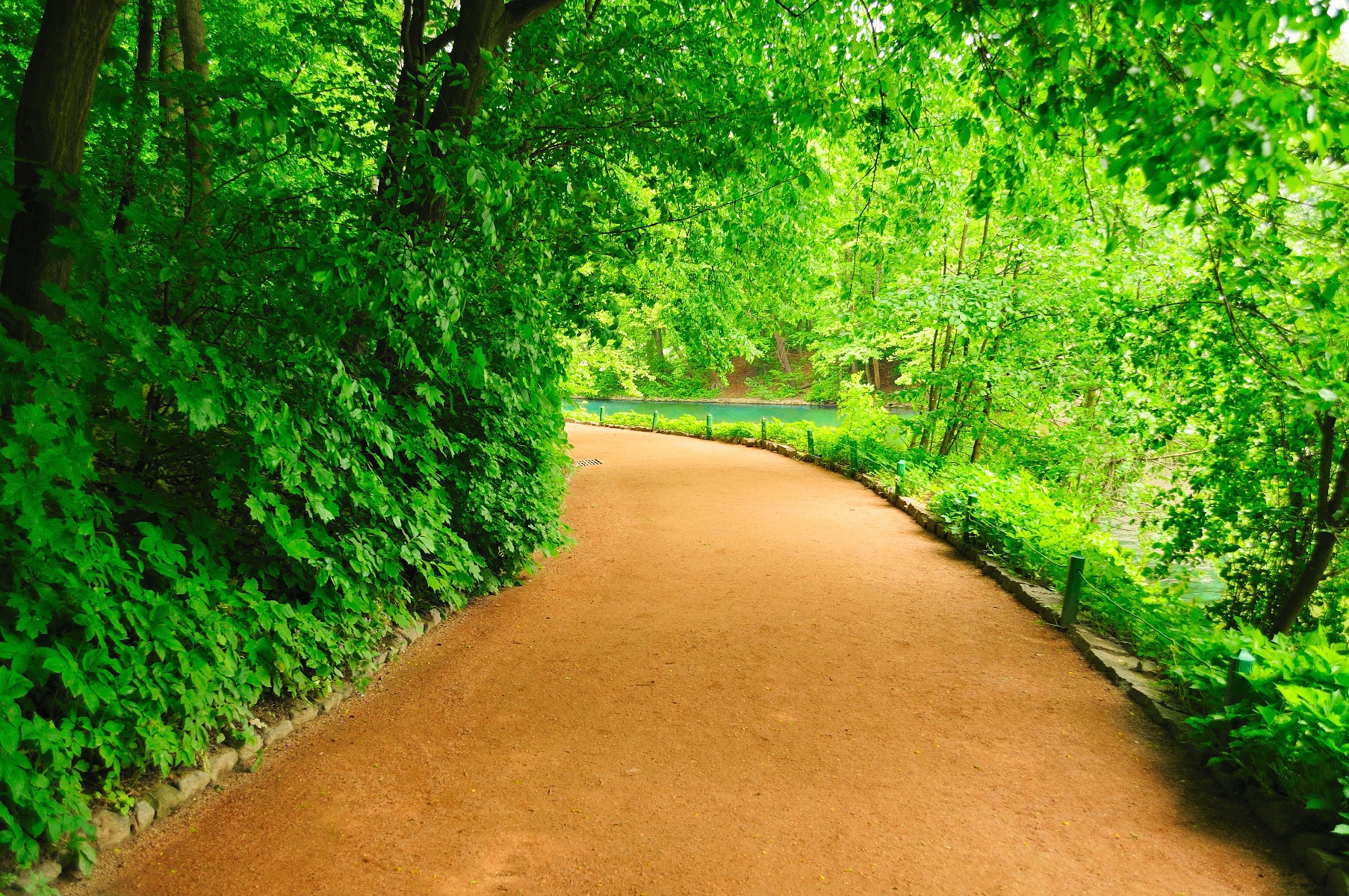We use cookies to make your experience better. To comply with the new e-Privacy directive, we need to ask for your consent to set the cookies. Learn more.
Self Binding Gravel Laying Instructions (Also Suitable for Path Toppings)
The correct laying of Self Binding Gravel is critical to it’s performance. Incorrect laying will result in a loose surface, prone to waterlogging and rutting. Here we will explain how to lay Self Binding Gravel.

Sub Base
Drainage is the key. A wet surface will lose compaction, be prone to frost damage in winter and be difficult to walk on. Water must not be allowed to accumulate in or directly beneath the material. The sub base needs to consist of an angular free draining aggregate such as Type 3 laid to a minimum depth of 75mm for foot traffic. If the finished surface is waterlogged and boggy, you can almost guarantee this is caused by a waterlogged sub base. If using a geo textile membrane please ensure this goes underneath the sub base and not between the sub base and the Self Binding Gravel.
.
Edging
In most situations an edging would be used to separate a path from the surrounding landscape. Although not essential an edging helps with compaction of Self Binding Gravel as it prevents lateral movement of the material and also gives you a level to work to if laying material with the screed method. It is important that any edging used does not contain the sub base as this will restrict the sub bases ability to drain. Edgings are generally made from timber, concrete or block paviours.
First Layers
Self Binding Gravels need to spread and compacted in thin layers. We recommend a finished compacted depth of no more than 50mm. Initially a 15-20mm layer should be spread using the back of a rake or screeding board. It is important the product is not spread using a tined rake as this will separate the coarse material from the fines and result in a patchy finish. Once the initial layer is spread it may be necessary to spray the material with water before rolling. If the product is too dry it will not compact. The amount of water added will vary depending on how damp the product is on arrival and the weather conditions. You will know if too much water has been added as the vibration from the roller will cause water to bubble up on the surface when compacting. The product should be compacted initially with the roller vibration turned on before the final passes are completed with no vibration.
Final Layer
The final layer should be applied in same manner as the previous layers but leaving a camber or crossfall (sometimes called a crown) to ensure surface water does not pool. Although water will slowly drain through the material this should not be encouraged as it ill cause compaction to be lost and thus excessive surface water needs to fall away from the surface. The final passes with the roller should be completed with vibration turned off. It may be necessary to spray the roller drum with water to prevent fines from sticking and also to ensure any surface cracks are filled to leave a firm finish. The product should be left to dry before pedestrians are permitted to walk on it. The naturally occurring Marl found in the product will allow the surface to become firmer over time provided the correct installation procedure has been followed.
Maintenance
Occasional sweeping to remove leaves/detritus. Heavy deposits of mud may require scraping with shovel.
